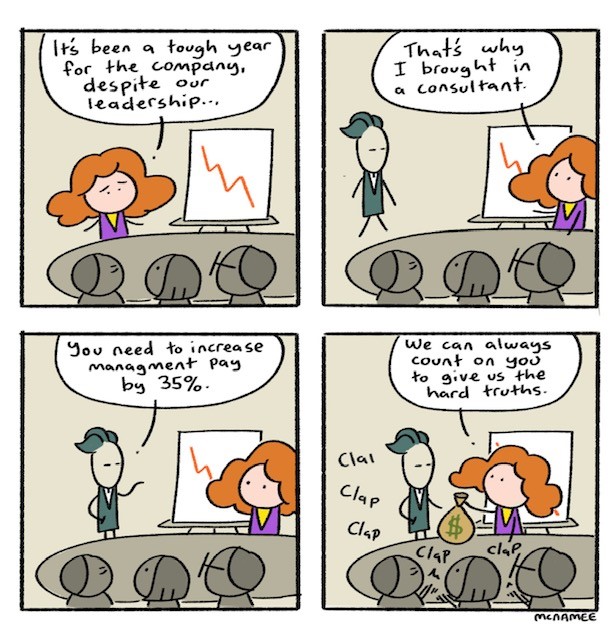For years now, every other LinkedIn influencer post has implored us to take it easier. Plenty of businesses have offered workshops and programs to help employees balance life and work.
So, why are we all working on Saturday and/or Sunday?
According to ActivTrak’s “2023 State of the Workplace Report,” which surveyed almost 135,000 workers at over 900 companies, the average weekend includes 6.6 hours of work. That’s a 5% increase from 2021.
How many of us can say we put in a five-day workweek followed by two days of rest? True rest means: no emails, no deliverables, no loose ends. And if not, why can’t we?
One possibility, explored by The Wall Street Journal, is that the laptop class has largely asked for this scenario. Since the tail end of COVID, complete and total flexibility has been one of workers’ biggest asks. In exchange for slotting more personal time Monday through Friday, catch-up time dents Saturday and Sunday. Some workers appreciate the autonomy.
(As for everyone outside of the laptop class, many need extra hours or even extra jobs to make up for persistent inflation. These are the teachers, Uber drivers, and servers who propel the gig economy.)
Managers can set a bad example by working too hard themselves. There’s a tendency for Gen X (and older) workers to equate hard work with long hours, NPR reports. They’ll check that Slack work-status dots are green, and will email after-hours and throughout the weekend. That ethos is alien to much of Gen Z, who’d prefer to put in 110% for shorter bursts. Managers should be careful not to confuse real productivity with “theater of productivity.”
And perhaps we should all be careful not to confuse authentic work-life balance with the LinkedIn influencer version of it.





